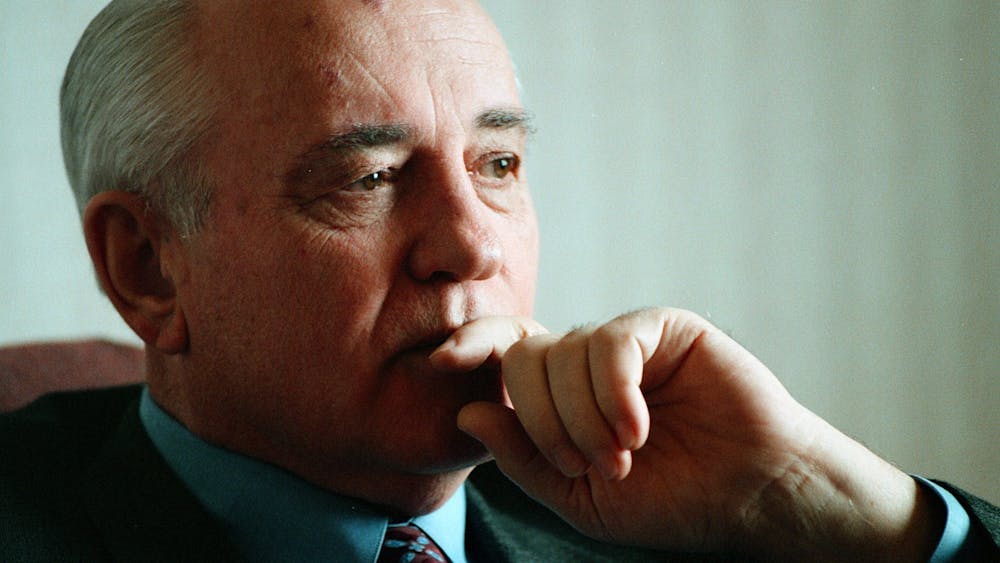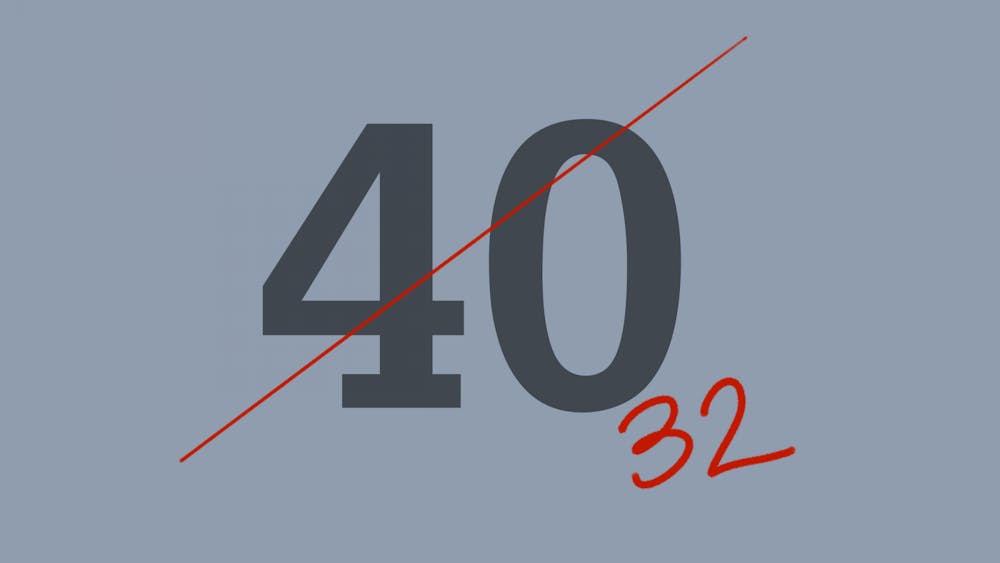Feeding Indiana’s Hungry, Indiana’s state food bank association, released data Wednesday showing nearly one in four Indiana households with children said they could not consistently afford food.
The data was collected through a survey by the Food Research Action Coalition, which stated 26.5 percent of households with children in Indiana reported that at times in the prior year, they did not have enough money to buy the food necessary for themselves or their families.
Nationally, Indiana ranks as the 16th worst state in the child hunger category.
Emily Weikert Bryant, executive director of Feeding Indiana’s Hungry, said the first step in curbing the number of hungry children is to stop Congress from cutting Supplemental Nutrition Assistance Program benefits.
The House passed The Nutrition Reform and Work Opportunity Act of 2013, H.R. 3102, on Sept. 19. The resolution restricts eligibility for SNAP recipients.
Weikert Bryant said this is one of a group of bills that would be passed together as part of the Farm Bill that Congress will debate in November.
A report by the Congressional Budget Office projects H.R. 3102 would reduce overall enrollment in the SNAP program from 48 million people in fiscal year 2014 to 34 million people in 2023.
About 877,560 Hoosiers participated in the SNAP program in Fiscal Year 2011, according to the U.S. Department of Agriculture.
Projections also found H.R. 3102 would reduce funding over that same period by about $39 billion.
Weikert Bryant said she hopes that even if SNAP cuts do make their way into the Farm Bill, they will not be as drastic as in the House’s proposal.
“To put the proposed cuts in perspective, a $39 billion cut in SNAP benefits over the next 10 years would mean that the Feeding America’s 202 member food banks would have to provide more than 7.5 million meals per year,” Weikert Bryant said.
Weikert Bryant said federal funding accounts for the vast majority of nutrition programs because state funding is very limited.
Since 2005, Feeding Indiana’s Hungry has been working to connect private and public sector hunger service providers, food producers and processors from around the state in order to better serve Hoosiers in need, according to its website.
Hoosier Hills Food Bank provides food to residents of Brown, Lawrence, Orange, Owen, Martin and Monroe counties.
HHFB makes donations to more than 100 nonprofit organizations, including emergency food pantries, day care centers serving low-income children, youth programs, shelters, residential homes and soup kitchens, according to its website.
Collectively, these agencies serve 25,800 people each year in the local
community.
Follow reporter Brianna Meyer on Twitter @brimmeyer.
26.5 percent of Indiana households with children go without food
Get stories like this in your inbox
Subscribe





